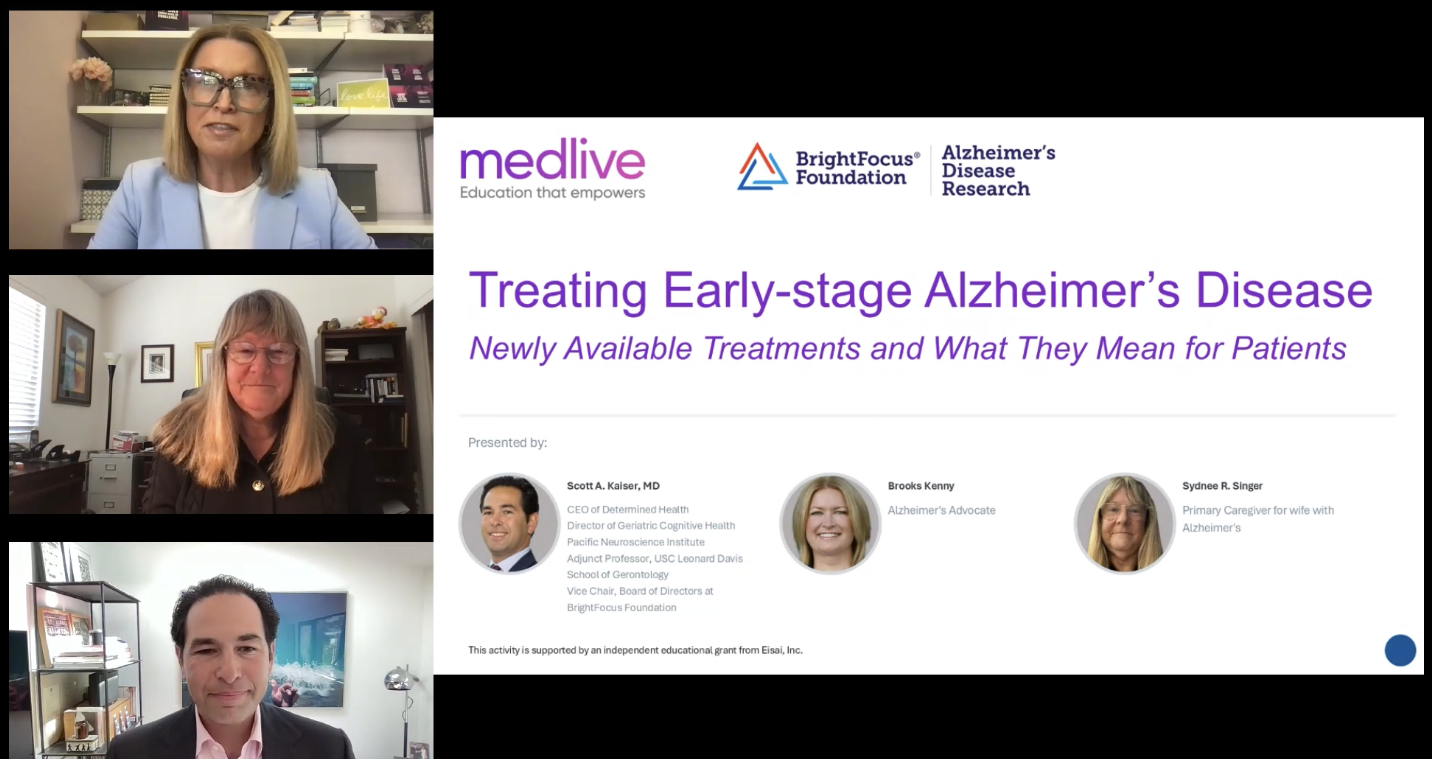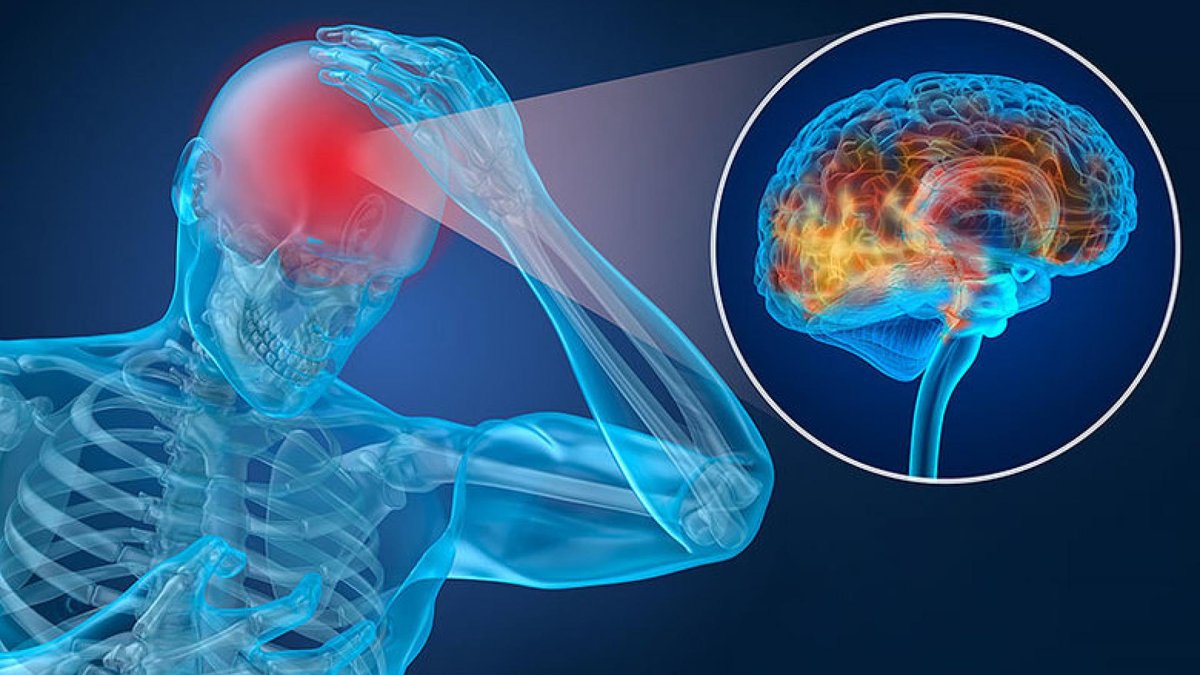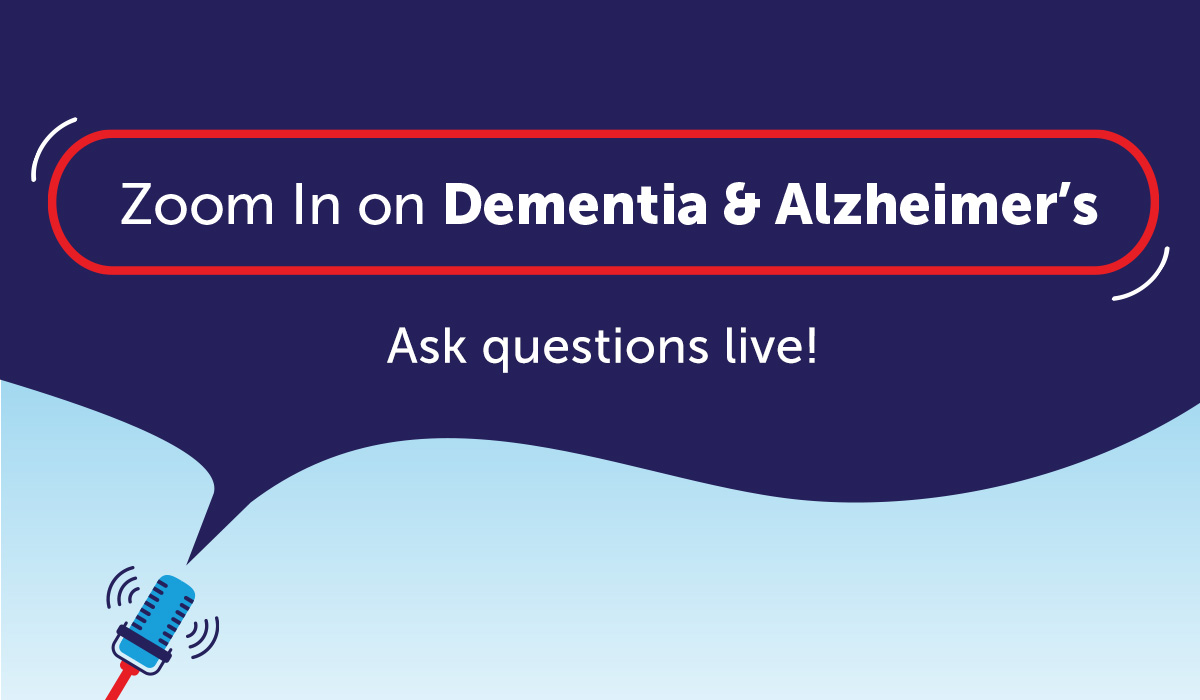
Explore the controversial group of psychiatric medications, antipsychotics, that are so often used to treat the challenging behavioral symptoms of Alzheimer’s disease, in part two of a three-part series.
In part one of this three-part discussion of behavioral symptoms associated with dementia (also called major neurocognitive disorder), we explored the behaviors of apathy, agitation, inappropriate sexual behavior, and sleep disturbance in people with dementia. These behavioral symptoms affect the vast majority of people with dementia, and they are the symptoms that especially accelerate functional decline, increase the burden of caregiving, and result in institutionalization.
Continuing the discussion, this article explores the controversial group of psychiatric medications that are so often used to treat these behavioral symptoms, the antipsychotics. By looking at the benefits and risks of these medications, we can understand that they should remain available for treatment, but their use should be closely monitored for effectiveness and safety.
- Part I: Read an overview of the challenging behaviors associated with Alzheimer’s disease.
- Part III: Explore some of the non-antipsychotic treatment options to help manage the challenging behaviors of Alzheimer’s disease.
How Antipsychotics Work
Antipsychotics are named for their use in treating major psychiatric disorders characterized by symptoms of psychosis, a term derived from Greek roots meaning an abnormal condition of the mind. A person with psychotic symptoms experiences a loss of firm rooting in reality, often manifested as false, unshakeable beliefs (delusions) or perceptual experiences of unreal sounds or visions (hallucinations).
These medications work on various neurotransmitter systems in the brain: blocking the effects of the neurotransmitter dopamine appears very important in fighting psychosis, and blocking specific serotonin receptors is a property of the newer antipsychotic medications that are believed by many to have enhanced their effectiveness. Other neurotransmitter effects, for example, on cholinergic or noradrenergic neurotransmission, contribute to these medications’ side effects. The antipsychotics are used in a variety of ways, some indicated by the FDA and some “off-label,” such as reducing severe anxiety or treating severe nausea and vomiting.
Antipsychotic Medications
Chlorpromazine (Thorazine) was the first antipsychotic to enter clinical use in psychiatry after a French surgeon noted in the 1950s that preoperative patients sedated with this medication became especially calm. The early antipsychotics, primarily dopamine blockers, were subsequently joined by a wave of newer medications, of which risperidone (Risperdal), olanzapine (Zyprexa), and quetiapine (Seroquel) are particularly widely used. These newer medications block both dopamine and specific serotonin receptors.
The newest antipsychotics are lurasidone (Latuda), asenapine (Saphris), iloperidone (Fanapt), brexpiprazole (Rexulti), and cariprazine (Vraylar). Aripiprazole (Abilify) and brexpiprazole (Rexulti) have more complex effects on dopamine receptors that differentiate them from the other newer antipsychotics. These two newer antipsychotics, along with quetiapine (Seroquel), carry an FDA indication to assist in the primary treatment of major depressive disorder. Olanzapine carries an indication for the treatment of resistant depression when used in combination with fluoxetine (Prozac). Pimavanserin (Nuplazid), which is approved specifically for use in treating psychotic symptoms associated with Parkinson’s Disease, is a serotonin receptor antagonist without the dopamine receptor antagonism that links the other antipsychotics to parkinsonian neurological side effects.
Antipsychotics form the mainstay of medication treatment of schizophrenia, and they play major roles in the treatment of depression with psychotic features and bipolar disorder. In these disorders, antipsychotics reduce agitation and psychotic symptoms. By analogy, they were adopted early on into the treatment of agitation and psychotic symptoms seen in patients with dementia.
Side Effects
Because the behavioral symptoms of dementia are so destructive to the well-being of patients and caregivers, these medications were used even though studies showed their benefits to be limited and their side effects to be potentially very severe. Early investigations suggested that the antipsychotic medications reduced agitation and psychosis in patients with dementia, but an objective, large, well-designed study (called CATIE-AD) found that the benefits of antipsychotics were smaller than originally thought and came at a greater cost.
The neurological side effects of muscle rigidity and tremor, and difficult-to-treat and often incurable involuntary, repetitive body movements (tardive dyskinesia) were already familiar to physicians. In older adults, the antipsychotics were known to increase sedation, confusion, and fall risk. In schizophrenic patients, the newer antipsychotics had been shown to increase weight, increase the risk for diabetes mellitus, and produce other unwanted metabolic effects that might or might not be as frequent a problem in older patients. In 2003, research pointed to adverse effects specifically linked with older, cognitively impaired patients.
An initial study confirmed partially but not uniformly by later investigations, showed that the newer antipsychotics raise the risk for cerebrovascular accidents (stroke) in older adults with dementia. In 2005, an FDA review of multiple studies spanning the class of newer antipsychotics demonstrated a 1.6-fold increase in the risk of death among people with dementia in treatment trials. Prescribing physicians flirted for some months with the prospect of reverting to the older class of antipsychotics, but research findings soon made clear that these drugs were no less safe than the newer ones.
Careful Assessment and Management
Management of the challenging behaviors seen in dementia requires a careful assessment to look for treatable medical and/or environmental factors that contribute to this clinical syndrome. A variety of behavioral interventions such as distraction, redirection, massage, music therapy, physical activity, and simulated presence therapy have all been tried as non-medication interventions. Other medications, such as those described in part three of this series of articles, may prove helpful.
At present, antipsychotics are still used when behavioral and other pharmacologic interventions fail. The informal guidelines that facilitate their use include:
- careful attention to considering and documenting the reasons these drugs are needed,
- alternative interventions that may have already been tried,
- target symptoms designated by doctors,
- informed consent of the patient and/or authorized health care representative, and
- legal considerations that may impact treatment, such as health care proxy or guardianship.
Along these lines, it is worth noting that there are restrictions on prescribing antipsychotic medications to patients who wish to refuse treatment. The rules regarding surrogate decision-makers provide a further layer of patient protection. In some states, a health care proxy but NOT a guardianship allows for a health care representative to agree to the use of an antipsychotic medication. The antipsychotics then are prescribed at the lowest effective dosage, with careful monitoring of target symptoms as well as side effects. Antipsychotics should be used for the briefest duration of time considered necessary. A special guardianship process may be needed to administer involuntary antipsychotic medication in a non-emergency situation. In special situations or with patients who require prolonged treatment, intermittent trials of dose reduction may be appropriate.
Some people with dementia and some of their caregivers are grateful for the benefits that antipsychotics have provided. But even the most benign medications have the capacity to produce harm, and antipsychotics require careful attention to avoid or minimize their potentially damaging effects. Treating the challenging behaviors of dementia remains a major clinical objective, and therefore, antipsychotics will remain in use until we have significantly better alternatives. In part three of this series, there will be an exploration of some of the other therapies (many of which appear to be safer than the antipsychotics) that are being investigated for their effects on the challenging behaviors associated with dementia.
About BrightFocus Foundation
BrightFocus Foundation is a premier global nonprofit funder of research to defeat Alzheimer’s, macular degeneration, and glaucoma. Through its flagship research programs — Alzheimer’s Disease Research, Macular Degeneration Research, and National Glaucoma Research— the Foundation has awarded nearly $300 million in groundbreaking research funding over the past 51 years and shares the latest research findings, expert information, and resources to empower the millions impacted by these devastating diseases. Learn more at brightfocus.org.
Disclaimer: The information provided here is a public service of BrightFocus Foundation and is not intended to constitute medical advice. Please consult your physician for personalized medical, dietary, and/or exercise advice. Any medications or supplements should only be taken under medical supervision. BrightFocus Foundation does not endorse any medical products or therapies.
- Treatments









